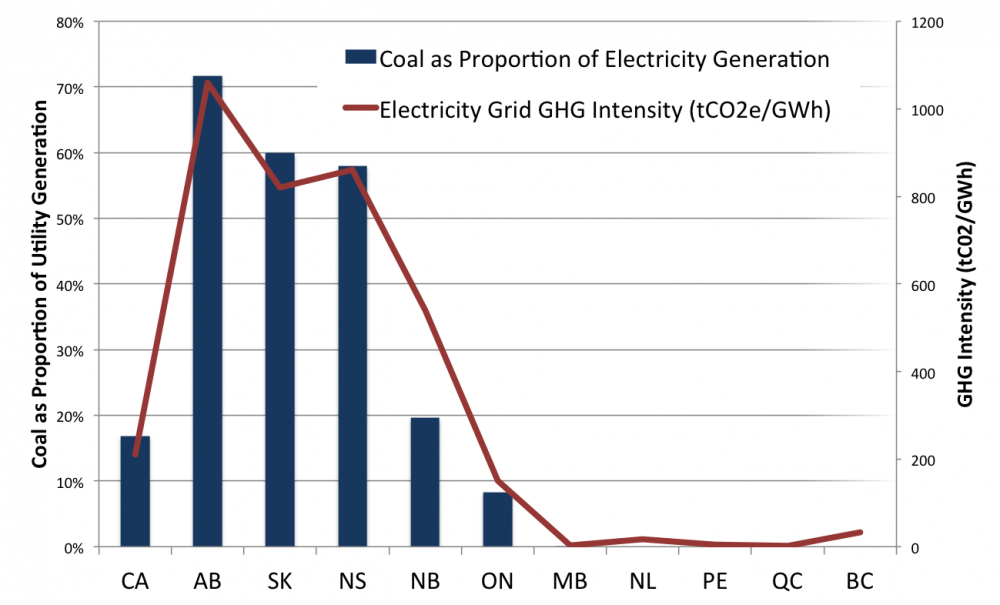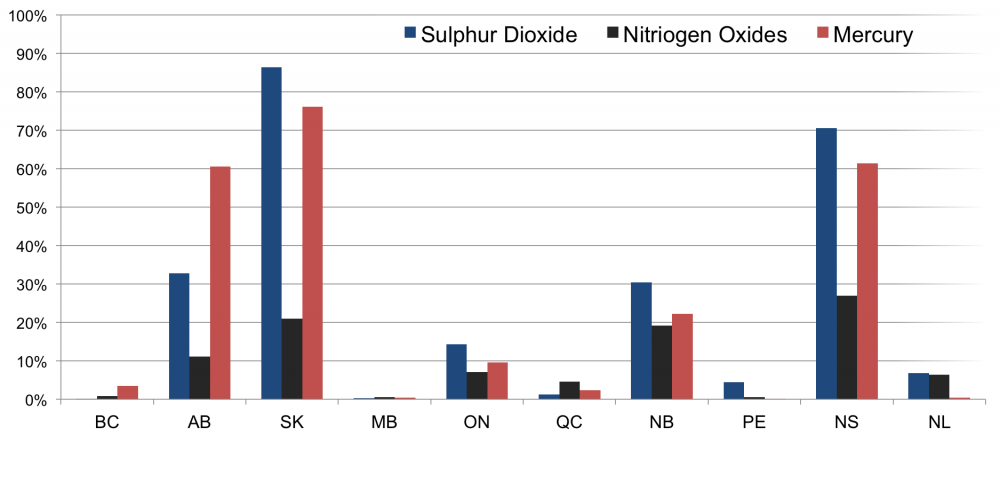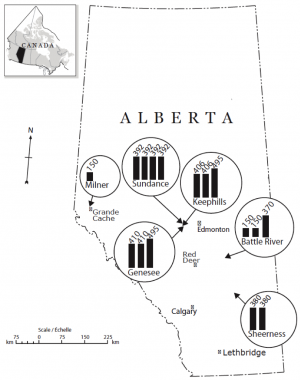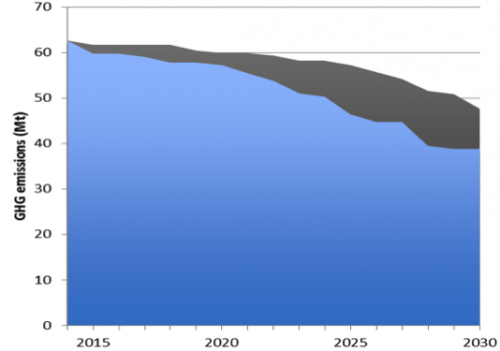Burning coal to make electricity is a dirty habit. We’ve known for years that it’s bad for our health, bad for our kids and bad for the climate. When it comes to air pollution and carbon intensity, coal plants are Canada’s worst electricity source. Yet many parts of the country still rely heavily on coal for electricity. Our new report, The High Cost of Cheap Power: Pollution from coal-fired electricity in Canada, helps to explain why it’s time to turn the page on coal–fired electricity.
Our new report, The High Cost of Cheap Power: Pollution from coal-fired electricity in Canada, helps to explain why it’s time to turn the page on coal–fired electricity.
While several Canadian provinces have already taken serious steps to stop using coal, others, including the federal government, are not acting with the required sense of urgency to clean up our electricity grid. Ontario, for example, will soon become the first jurisdiction in North America to completely phase out its coal fleet, while other provinces, like Alberta, burn lots of the black stuff and intend to keep on burning it for decades.
There are good reasons why we should be looking to act more quickly, especially considering that phasing out conventional coal is one way we could make significant progress toward reaching our climate change commitments.
Coal was cheap — if you discount health and the environment
Coal power is a big contributor to toxic air pollution and GHGs, and provinces that burn a lot of it — Alberta, Saskatchewan and Nova Scotia — have the most polluting electricity systems in the country. These three coal-powered provinces alone emit the most GHGs per kilowatt-hour of electricity, with Alberta’s grid five-times more carbon-intensive than the national average.
For the same electricity generated, Canadian coal plants emit at least twice the GHGs as new natural gas plants and twenty-times more than the average of all of Canada’s other power sources. By not recognizing and internalizing the costs of carbon dioxide emissions to the atmosphere artificially hide the true costs of coal power.
The existing fleet of coal plants in Canada also emit large amounts of toxic and noxious gases, particularly sulphur dioxide and mercury. Indeed, coal plants emit over 60 per cent of the mercury emissions in the three heavily coal-reliant provinces, including over 75 per cent in Saskatchewan, where coal plants also emit over 85 per cent of sulphur dioxide emissions in the province. This should be a big concern for anyone living downwind of a coal plant, considering mercury emissions result in breathing complications and other diseases, such as brain development disorders in children.
This should be a big concern for anyone living downwind of a coal plant, considering mercury emissions result in breathing complications and other diseases, such as brain development disorders in children. So when old coal plants are able to produce electricity that appears cheap on your bill, it’s important to ask: at what cost to our health and to our environment?
So when old coal plants are able to produce electricity that appears cheap on your bill, it’s important to ask: at what cost to our health and to our environment?
Coal’s hidden costs — disease and premature death, acid rain and climate change — are high. And, according to studies in the United States and Ontario, if these costs were actually covered by the polluters, it could more than triple the price of power from coal. For example, pollution requirements that apply to coal plants being built today increase their costs, making them much more expensive than existing plants.
When we dig beneath the surface to uncover what we as a society actually pay for coal-fired electricity, it turns out it isn’t so cheap.
A climate change solution too good to ignore
Reducing coal use in our electricity mix is one of the smartest and fastest ways to achieve substantial reductions in GHG emissions. Coal’s carbon intensity is so high that cutting it down could make a big difference, and cost-effective alternatives to coal are ready and waiting.
An analysis by the Pembina Institute shows that, to meet the current federal government’s GHG reduction commitments, the electricity sector should cut emissions by 37 per cent, or around 40 megatonnes (Mt), from business as usual. Considering that around half of these reductions could come from Alberta’s heavily coal-reliant electricity sector, it’s clear that cutting coal use is central to meeting our targets.
Whatever reductions are not made by the electricity sector will have to come from elsewhere in our economy, and from sectors where cutting GHGs might not be as easy or as cost-effective. There are no two-ways about it, cutting out coal is one of our best opportunities for low cost emissions reductions.
Cutting coal
Environment Canada’s proposed coal-power regulations, which will be finalized soon, take steps to cut these emissions. In their proposed form, they are expected to achieve five Mt of GHG reductions — a far cry from the federal government’s 40 Mt target but a step in the right direction, particularly if some suggested improvements are adopted.
 That said, Environment Canada has since come under pressure to weaken the regulations, by allowing existing coal units to operate without any GHG reductions until they reach a full half-century, and by weakening the standards that both new plants and old plants have to meet. Together, these two changes would reduce the overall effectiveness of the regulations by more than half over their first fifteen years.
That said, Environment Canada has since come under pressure to weaken the regulations, by allowing existing coal units to operate without any GHG reductions until they reach a full half-century, and by weakening the standards that both new plants and old plants have to meet. Together, these two changes would reduce the overall effectiveness of the regulations by more than half over their first fifteen years.
Enforcing strong standards for coal power is a great opportunity for the federal government to show that it’s serious about its international commitments on climate change. In fact, the opportunity is too good to pass up when cleaner alternatives are readily available.
Coal-fired electricity may have been cheap, but it’s costly to our health and our environment.






